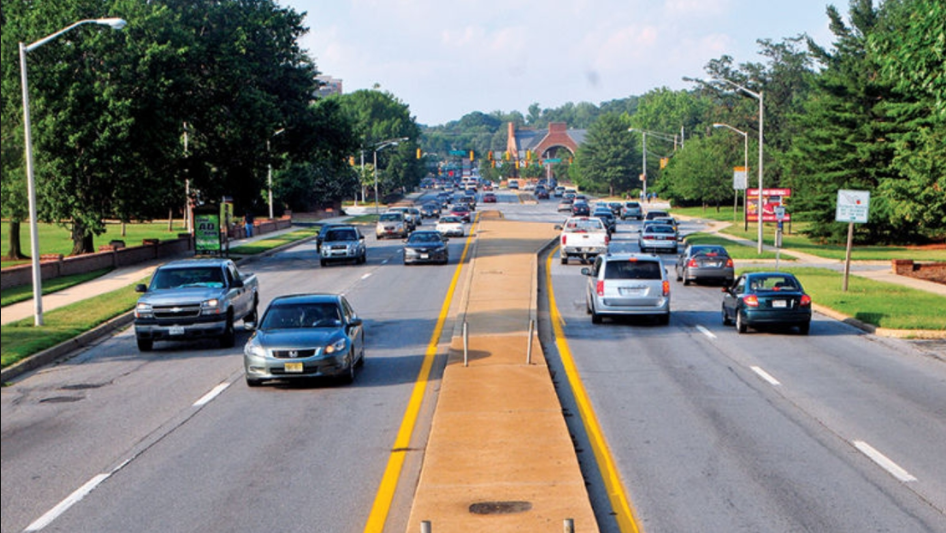By J.F. Meils
College Park is one of 1,500 cities in 40 countries participating in international Car Free Day this Thursday.
If this is the first you’re hearing of it, you’re not alone.
But as of Tuesday evening, more than 2,700 people pledged to use alternate forms of transportation on the Metro D.C. Car Free Day website.
“From our perspective, it’s more of a public service campaign for people to imagine what it is and put into practice the ways to go car-free for a day,” said Todd Turner, a Prince George’s County councilman. Turner supported a resolution, introduced in 2014, that expressed the county’s support for declaring Sept. 22 Car Free Day. So let’s imagine: What would happen if the entire driving population at the University of Maryland left their cars at home for a day?
There are 19,331 vehicles with parking permits for students, faculty and employees, according to DOTS spokeswoman Anna McLaughlin.
One gallon of gasoline produces about 19 pounds of carbon dioxide when burned by the average automobile. Assuming each car burns about a gallon of gas per commute, that translates into 367,289 pounds of carbon dioxide emissions saved in one day.
But carbon dioxide isn’t the only environmentally harmful byproduct of gasoline. According to the U.S. Energy Information Administration, carbon monoxide, nitrogen oxides, particulate matter and unburned hydrocarbons are all released when engines burn gasoline.
These substances have been linked to a host of health problems, according to the U.S. Environmental Protection Agency, including asthma, respiratory issues and heart attacks.
A pair of studies done during the Olympic games in Atlanta and Beijing — when normal traffic was temporarily limited — showed that even short pauses in car-related pollution could improve certain health outcomes. In Beijing, it was an increased birth weight. In Atlanta, there was a reduction in emergency room visits for upper respiratory problems.
Amir Sapkota, an applied public health professor at this university, was one of the authors of a recent study that tracked pollution levels during worker strikes in Nepal. His study showed measurable declines in particulate matter — small toxic airborne molecules that we inhale — when cars were removed from the roads.
“This was, however, a temporary reduction,” Sapkota wrote in an email. “The levels climbed right back up after the strike ended.”
The impact of a car-free day at this university goes beyond the environment.
People who normally commute by car would have to use the Metro, buses and bikes. Routines would be upended, classes and appointments missed, stress added.
“People would figure out pretty quickly how privileged they are, how dependent they are,” Christina Prell, a sociology professor at this university, said. “But they also might discover certain benefits they like.”
Benefits could include unexpected social interactions or mingling with people from walks of life they don’t typically encounter while traveling alone in their cars.
There are also financial considerations. In addition to gas money saved, the university’s transportation department hands out an average of 1,800 parking citations a week, McLaughlin said.
Many of these are challenged and thrown out, but if even a third are paid at $75 per infraction, we’re talking about roughly $9,000 in fines a day, based on a five-day week, that could be avoided.
And that might be the best reason of all to leave your car at home on Thursday.



